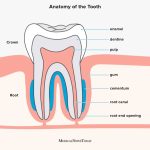At What Age Do Kids Start Losing Teeth? A Quick Guide for Parents
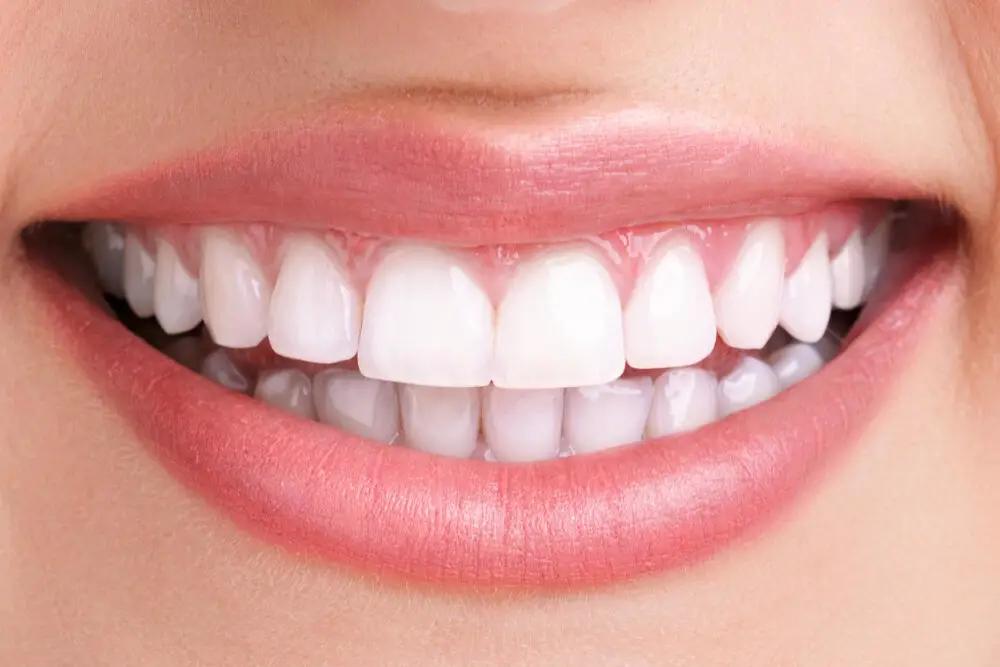
As parents, we are always curious about our child’s development and growth milestones. One such milestone that parents often wonder about is the age at which their child starts losing their baby teeth. Losing baby teeth is an exciting and natural part of a child’s growth, but it can also be a daunting experience for some children. Knowing when this will happen can help parents prepare their child for the experience and make it less stressful. Typically, children start losing their baby teeth around the age of six years old. However, this can vary from child to child, with some starting as early as four years old and others as late as eight years old. The process of losing baby teeth is gradual and can take several years to complete. As parents, it is essential to be aware of this process, so you can help your child through this exciting and sometimes challenging time. In this quick guide, we will explore the timeline of losing baby teeth, what to expect, and how to prepare your child for this milestone.
Knowing when kids start losing teeth is crucial for parents and caregivers as it helps them prepare for the changes that their child’s body will undergo. Losing baby teeth is a natural and necessary part of a child’s development, and it often signals the beginning of their permanent teeth growth. Understanding the timing of tooth loss can help parents anticipate their child’s oral health needs, such as scheduling dental checkups and planning for orthodontic treatment if necessary. It also provides an opportunity for parents to teach their children about proper dental hygiene and the importance of taking care of their teeth as they grow up. By staying informed about the process of losing baby teeth, parents can help ensure that their child’s dental health remains in good condition throughout their childhood and beyond.
The article titled \At What Age Do Kids Start Losing Teeth: A Quick Guide for Parents\ provides a comprehensive guide for parents to understand the process of losing baby teeth in their children. The article explains that most children start losing their teeth between the ages of 5 and 7, and the process continues until they are around 12 years old. The article also provides information on how to prepare children for the loss of their teeth, how to care for their teeth during this time, and what to expect during the process. Moreover, the article emphasizes the importance of maintaining good oral hygiene and visiting a dentist regularly to ensure healthy teeth and gums. Overall, this article is an excellent resource for parents who want to understand the process of losing baby teeth and how to support their children through this significant milestone.
The Stages of Tooth Development
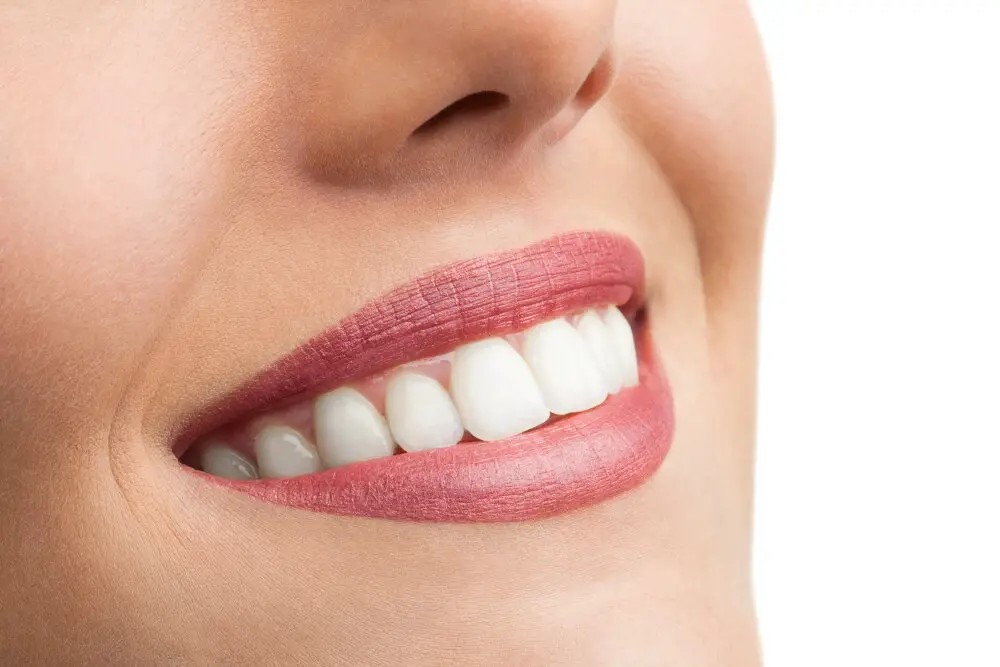
Tooth development is a complex process that involves a series of stages. The first stage begins before birth, as the baby’s teeth begin to form in the gums. By the time a child is six months old, their first teeth, also known as primary or baby teeth, will begin to erupt. These teeth will continue to grow and develop until the child is about two or three years old, at which point they will have a full set of 20 primary teeth. These teeth are important for a child’s ability to chew and speak properly, and they also help to maintain the space in the gums for the permanent teeth that will eventually replace them. The second stage of tooth development occurs around the age of six or seven, when the first permanent molars begin to emerge in the back of the mouth. These molars do not replace any primary teeth, but instead add to the child’s set of teeth. Over the next few years, the rest of the permanent teeth will begin to emerge, starting with the front teeth and followed by the canines and premolars. By the age of 12 or 13, most children will have all of their permanent teeth, with the exception of wisdom teeth, which may not emerge until the late teens or early twenties. Understanding the stages of tooth development can help parents to ensure that their children are receiving proper dental care and can also help to answer common questions about when children start losing their baby teeth.
Tooth development in children is a complex process that occurs in different stages. It starts during the prenatal period and continues through infancy, childhood, adolescence, and early adulthood. The first stage is the formation of the tooth buds during the prenatal period, which then develop into primary teeth during infancy. Primary teeth, also known as baby teeth, start to erupt from the gums around six months of age and continue to emerge until the child is about three years old. These teeth are gradually replaced by permanent teeth, which start to erupt around six years of age and continue through adolescence. The final stage of tooth development is the formation of wisdom teeth, which typically erupt during the late teenage years or early adulthood.
Primary teeth, also known as baby teeth, typically begin to erupt around six months of age and continue to come in until the child is about two to three years old. The first teeth to emerge are usually the lower central incisors, followed by the upper central incisors and then the lateral incisors. By the age of three, most children will have a complete set of primary teeth consisting of 20 teeth in total. These teeth are important not only for chewing and speech development but also for maintaining the space necessary for the permanent teeth to emerge later on.
When Do Kids Begin Losing Teeth?

Losing teeth is an important milestone in a child’s development, and it marks the transition from baby teeth to permanent teeth. The process of tooth loss usually begins around the age of 6 or 7 when the incisors, which are the front teeth, start to loosen and fall out. This is a completely normal and natural process that occurs as the child’s permanent teeth begin to grow and push the baby teeth out of the way. By the age of 12 or 13, most children will have lost all of their baby teeth, and their permanent teeth will have fully emerged. It’s important for parents to know that the exact age at which their child starts losing teeth can vary widely. Some children may begin losing teeth as early as 4 years old, while others may not start until they are 8 or 9. In general, girls tend to lose their baby teeth earlier than boys. It’s also common for children to lose their teeth in the same order that they erupted, with the lower front teeth being the first to go, followed by the upper front teeth. However, this isn’t always the case, and some children may lose their teeth in a different order. As a parent, it’s important to be patient and understanding during this process, and to help your child take good care of their teeth as their permanent teeth begin to emerge.
The process of losing primary teeth, also known as baby teeth, is a natural and exciting milestone in a child’s development. Typically, children begin to lose their primary teeth between the ages of 6 and 12 years old. The first teeth to fall out are usually the front teeth, followed by the molars and canines. The process of losing teeth can take several years, and every child’s experience is different. As the adult teeth begin to push through the gums, the roots of the primary teeth dissolve, causing them to become loose and eventually fall out. This process is crucial for the proper alignment and spacing of the adult teeth, which will last a lifetime. Parents can help their children prepare for this transition by encouraging good oral hygiene habits and reassuring them that losing teeth is a natural part of growing up.
There are several factors that can influence when children begin losing teeth, including genetics, nutrition, and oral hygiene. Genetics can play a role in determining the timing of tooth loss, as children tend to follow a similar pattern to their parents and siblings. Nutrition also plays a crucial role, as a diet lacking in essential vitamins and minerals can delay tooth development and lead to weaker teeth. Maintaining good oral hygiene habits such as brushing and flossing regularly can also help ensure healthy teeth and gums, allowing for natural tooth loss to occur at the appropriate age. Additionally, any issues with tooth decay or trauma to the teeth can also impact the timing of tooth loss.
What Happens When Kids Lose Teeth?
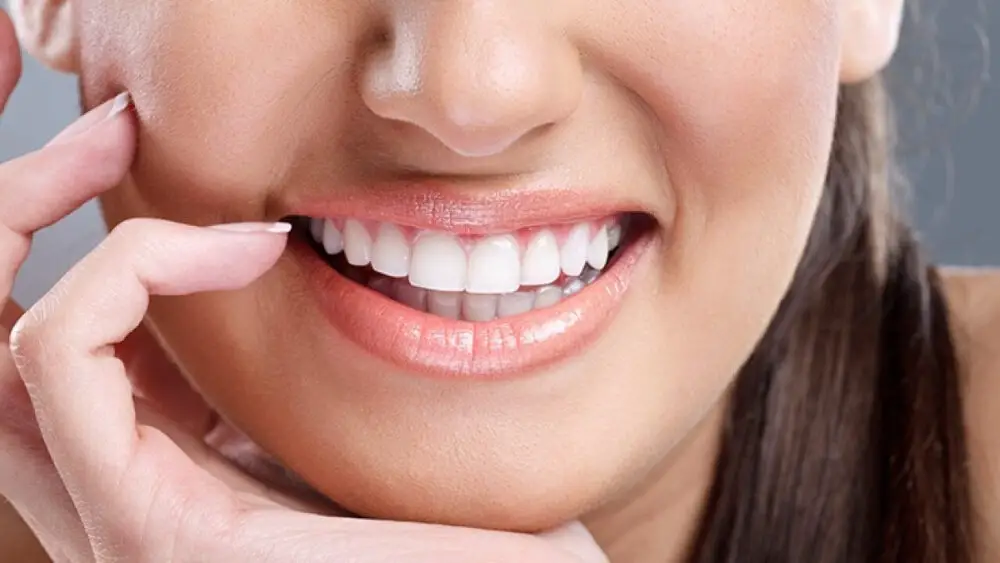
Losing teeth is a natural and inevitable part of childhood development. It is a process that begins around the age of six and continues until the age of twelve. During this time, the baby teeth, also known as primary teeth, gradually fall out to make way for the permanent teeth. The process of losing teeth can be both exciting and scary for kids. Exciting because it marks a new stage in their development, and scary because it can be painful and uncomfortable. When a child loses a tooth, it can result in a range of experiences. For some, it is a painless and straightforward process, while for others, it can be a traumatic experience that involves pain and discomfort. The first teeth to fall out are usually the front teeth, followed by the molars. As the permanent teeth begin to emerge, it is common for kids to experience some discomfort, swelling, and bleeding in the gums. Parents can help their children during this process by providing them with soft foods, painkillers, and plenty of rest. It is also essential to encourage good oral hygiene practices to prevent any infections or complications from arising. Overall, losing teeth is a natural part of development, and with proper care and attention, it can be a positive and exciting experience for kids.
Losing a primary tooth is a natural process that occurs when the permanent tooth underneath it starts to grow and push against the root of the baby tooth. As this happens, the root of the baby tooth slowly dissolves, allowing the tooth to become loose and eventually fall out. This process can be accompanied by some discomfort or pain, which is why it’s important to encourage children to keep their mouths clean and healthy during this time. Once the baby tooth has fallen out, the permanent tooth will continue to grow and eventually take its place, helping to maintain a healthy and functional smile.
Adult teeth play a crucial role in the process of losing baby teeth in children. These permanent teeth are larger and stronger than baby teeth, making them essential for proper chewing, speaking, and maintaining the structure of the jaw and face. The adult teeth begin to form under the gums during early childhood and gradually push the baby teeth out as they emerge. As the permanent teeth come in, they replace the baby teeth, which eventually fall out. This process of losing baby teeth and getting permanent teeth typically starts around the age of six and continues until the age of 12 or 13. Therefore, it is important for parents to encourage good dental hygiene habits and regular dental checkups to ensure their child’s adult teeth grow in properly and remain healthy.
How to Help Your Child Through the Process
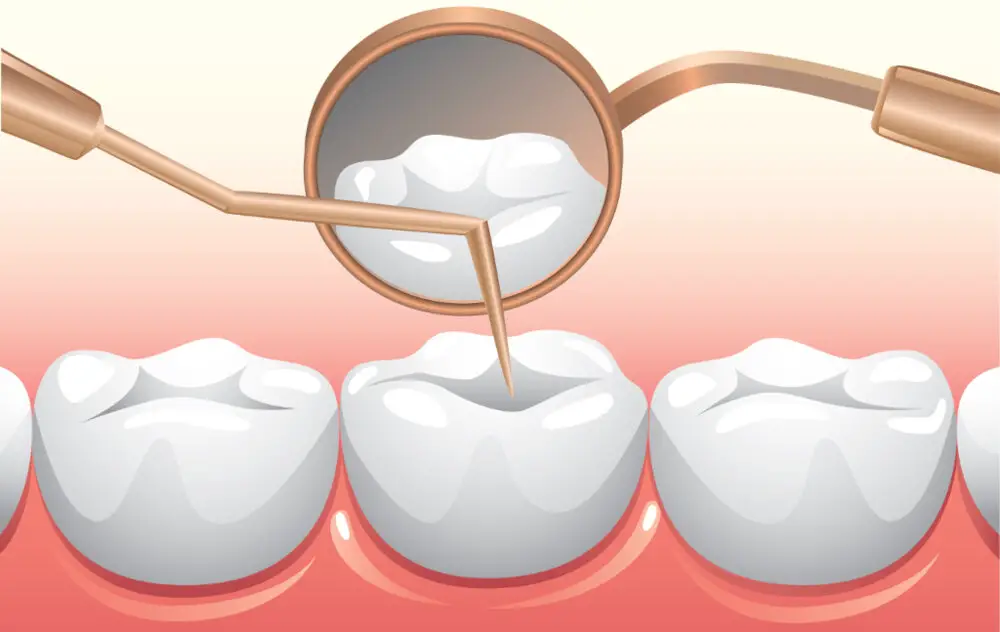
Losing teeth can be an exciting but also a scary experience for children. As a parent, it is important to support your child through this process. One way to help your child is to talk to them about what to expect. Explain that losing teeth is a normal part of growing up and that it happens to everyone. You can also share your own experiences with losing teeth to help your child feel more comfortable. Another way to help your child is to provide them with the tools they need to take care of their teeth. Encourage your child to brush and floss regularly to help keep their teeth healthy and strong. You can also provide them with healthy snacks and limit sugary treats to help prevent tooth decay. By taking an active role in your child’s oral health, you can help them feel more confident and prepared as they go through the process of losing teeth.
Losing primary teeth can be an exciting milestone for children, but it can also be a daunting experience. As a parent, it is essential to offer emotional support and guidance to help your child navigate this transition. One tip is to celebrate the event by having a special treat or activity planned, such as a visit from the tooth fairy or a small gift. Additionally, it is crucial to listen to your child’s concerns and fears and provide reassurance that losing teeth is a natural part of growing up. Encourage good oral hygiene practices and remind your child that new teeth will eventually grow back. Ultimately, the key is to approach the situation with patience and understanding, helping your child feel supported during this significant transition.
As children transition from primary to adult teeth, it’s crucial to continue promoting good oral hygiene habits. Encourage your child to brush their teeth twice a day with a fluoride toothpaste and floss daily. Consider using a mouthwash to help kill bacteria and freshen breath. Additionally, limit sugary and acidic foods and drinks as they can erode tooth enamel and lead to cavities. Regular dental checkups and cleanings are also important during this time to ensure any issues are caught early and treated promptly. By instilling these habits early on, you can help your child maintain a healthy and beautiful smile for years to come.
The article \At What Age Do Kids Start Losing Teeth: A Quick Guide for Parents\ provides useful information for parents on the timeline of their child’s dental development. It explains that children typically start losing their baby teeth around the age of six, with the process continuing until they are around twelve or thirteen years old. The article also emphasizes the importance of good dental hygiene habits during this time, as well as the potential need for orthodontic treatment later on. Overall, the article serves as a helpful resource for parents looking to better understand their child’s dental health and development.
Understanding when children start losing teeth is crucial for parents and caregivers to ensure proper dental care and hygiene. As a child’s primary teeth fall out, it paves the way for the permanent teeth to grow in their place. Therefore, maintaining oral hygiene during this transition period is essential to prevent cavities and gum diseases. Parents should also be mindful of the fact that every child’s timeline for losing teeth can differ, and it is not always a cause for concern if the child’s teeth fall out earlier or later than expected. By being aware of the process and timeline of losing teeth, parents can provide adequate support and guidance to their children and help them develop healthy dental habits that will last a lifetime.
Conclusion
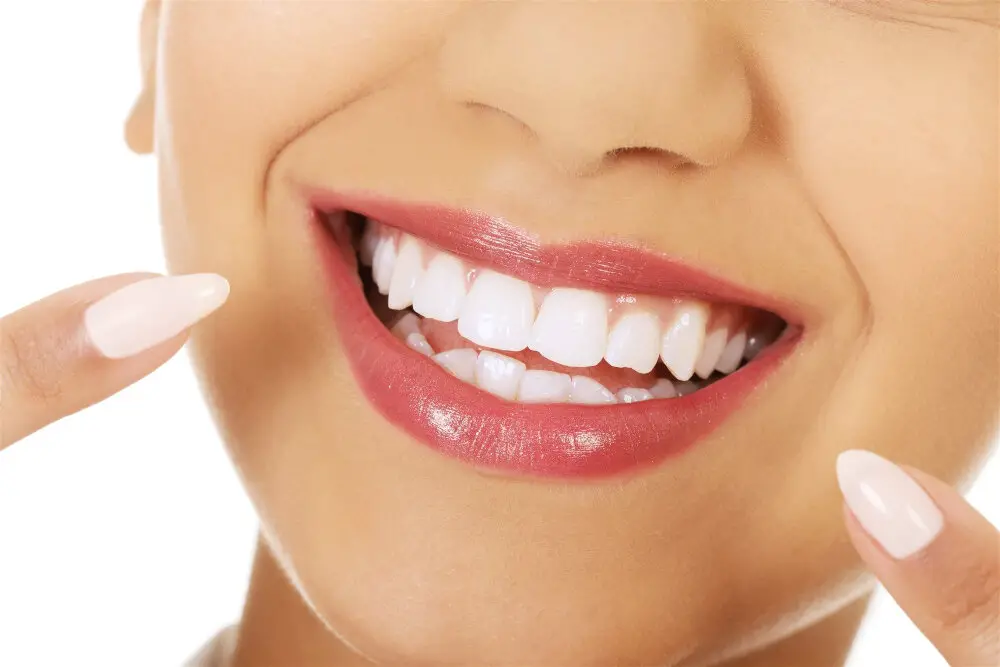
In conclusion, understanding when kids start losing their teeth is an essential guide for parents. The process of losing baby teeth is a natural and expected part of a child’s development. It typically begins between the ages of 5-7 and continues until around age 12. This period can be a challenging but exciting time for both the child and the parent. Parents can help their children navigate this phase by encouraging good oral hygiene practices and providing comfort and support when necessary. Knowing what to expect during this process can help parents prepare for their child’s dental health needs and ensure that their smiles remain healthy and bright for years to come.




